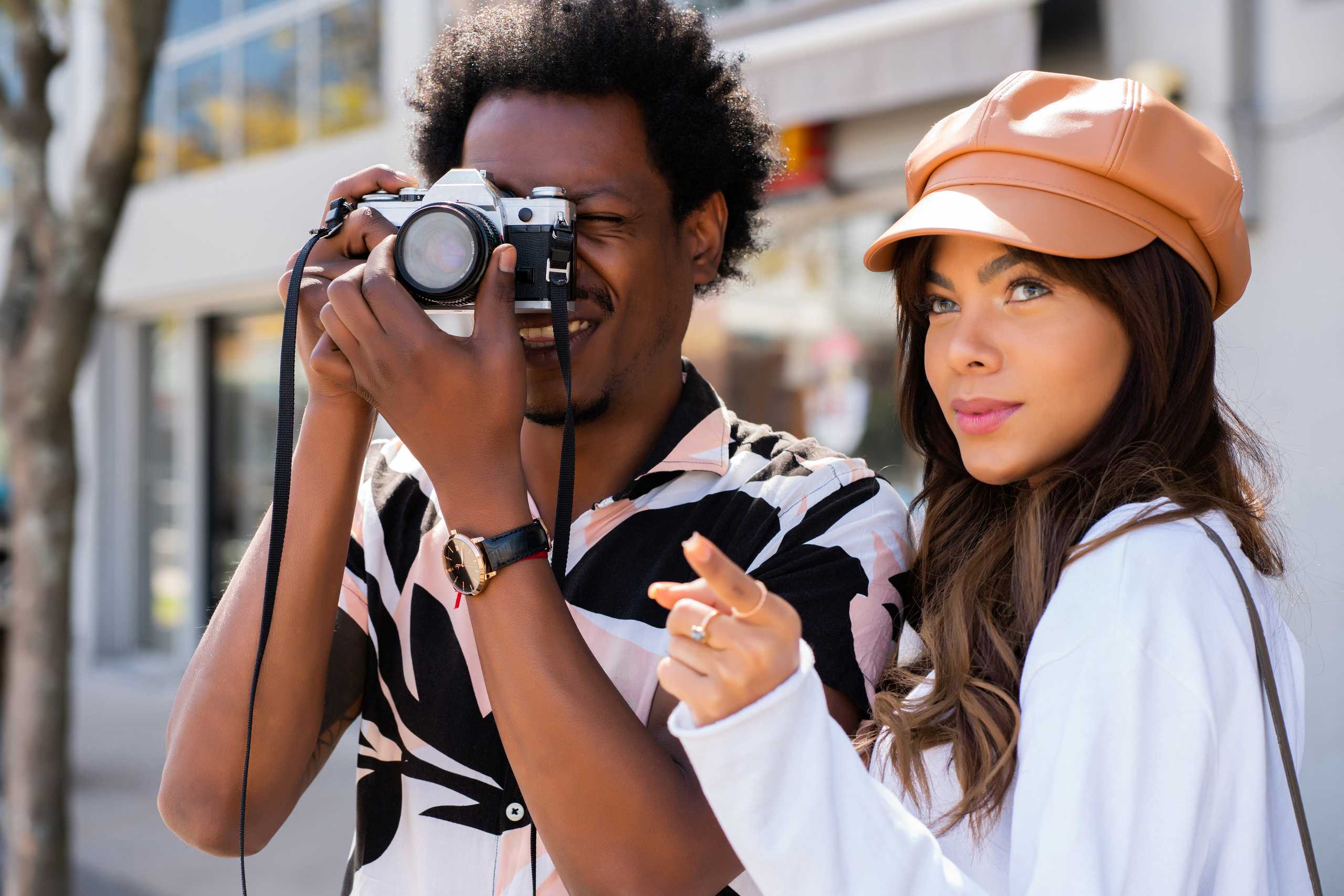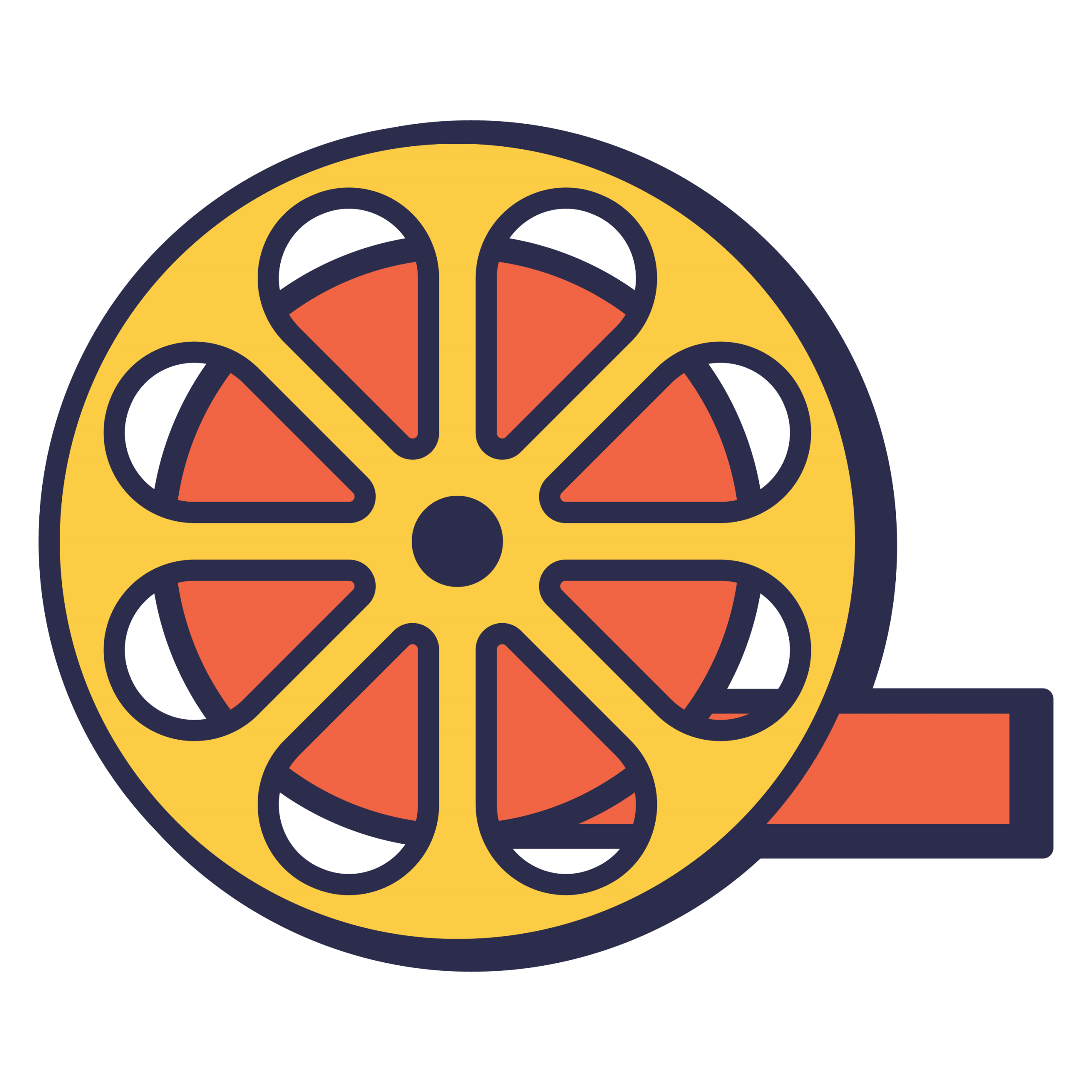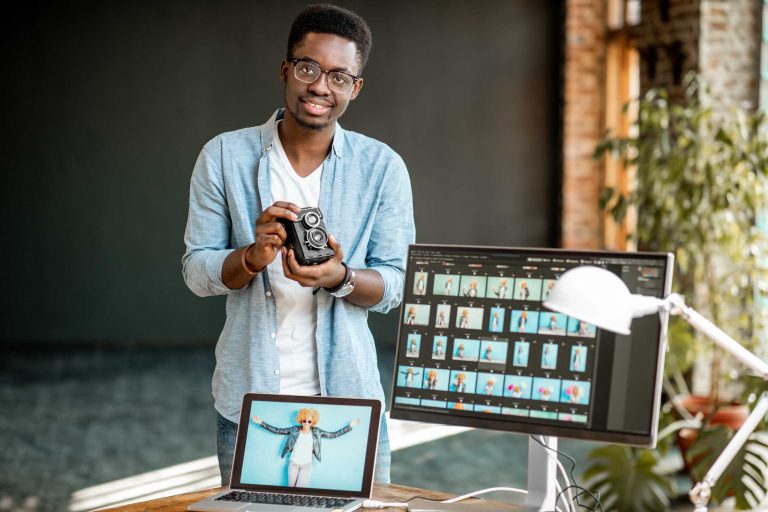Donec efficitur, ligula ut lacinia
viverra, lorem lacus.

Mastering Your Film Camera and the Development Process
Introduction
Film photography is as much about handling your camera as it is about light, composition, or film choice. Each camera, lens, and manual setting teaches patience and intentionality. Unlike digital, where mistakes can be erased instantly, film asks you to understand every step—from loading the roll to developing your images.
Getting Comfortable with Your Camera
Every film camera has its own personality. Whether it’s a vintage 35mm SLR, a medium format camera, or a classic rangefinder, learning the mechanics is essential.
- Manual Focus – Practice precision and patience; small adjustments can dramatically affect sharpness.
- Shutter Speed & Aperture – Understand the balance between motion blur and depth of field.
- Film Loading & Unloading – Mistakes here can ruin a roll, so handle every frame with care.
Spending time with your camera teaches you to anticipate shots, understand framing, and feel the rhythm of photography in a tactile way.
The Magic of Development
Film development is where your captured light transforms into a tangible image. You can choose to develop at home or send rolls to a lab—but knowing the process adds understanding and creative control.
- Black & White Film – Flexible, forgiving, and ideal for experimenting with exposure pushes or pulls.
- Color Negative Film – Requires precise temperature control but rewards you with beautiful, natural tones.
- Slide Film (Transparency) – Demands accuracy but produces stunning, contrast-rich images perfect for projection or scanning.
Even slight variations in development time, temperature, or agitation can subtly shift tones and contrast, making each print unique.
Practical Tips for Home Developing
- Prepare Thoroughly – Lay out all chemicals, tools, and protective gear before starting.
- Measure Accurately – Temperature and timing are critical for consistent results.
- Stay Calm – Mistakes are learning opportunities; film is forgiving in ways that digital isn’t.
- Document Your Process – Keep a notebook of film stock, exposure, and development choices to refine your technique over time.
The Joy of Tangibility
Handling negatives, watching them emerge in the developer, and holding a freshly printed photograph is an experience that digital can never replicate. Film teaches you to slow down, to anticipate, and to respect the process. Every print carries the story of your choices, your patience, and your creativity.
Conclusion
Mastering your camera and development process is an essential part of the analog journey. It transforms photography from a mere act of taking pictures into a full creative practice—one where every frame matters, every choice counts, and every image tells a story with depth, emotion, and timeless character.



